Idea by
Sébastien Martinez Barat, Benjamin Lafore & Florian Jomain
http://martinezbaratlafore.com/
Call for ideas 2017
Parallel Monuments
Parallel Monuments
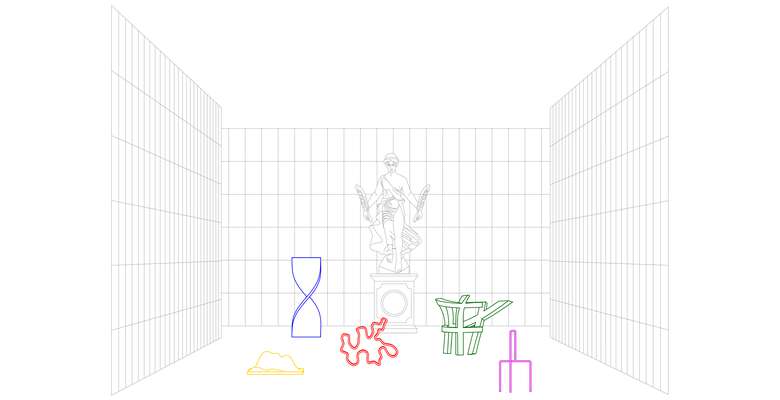
Monuments are repositories of emotions. They mediate events, let the past resonate in the present, enriching it through experiences and memories. Monuments are of particular importance to the construction of a city. They empower people, help them belong to the places they inhabit. They federate communities around common ideas and make space for each and every one to live and relive sad or happy memories. Nevertheless, monuments have been historically supporting a dominating ideology, preventing other local histories to exist at all.
Parallel Monuments is an architectural project empowering its users with the construction of monuments on the digital layer of the world. It invites citizens to design and attach personalized digital monuments to physical space, in order to celebrate personal or communal events they care to remember. Monuments, accessible through an augmented reality module integrated in a digital app, will be bound to a point in space, for one or for many to see.
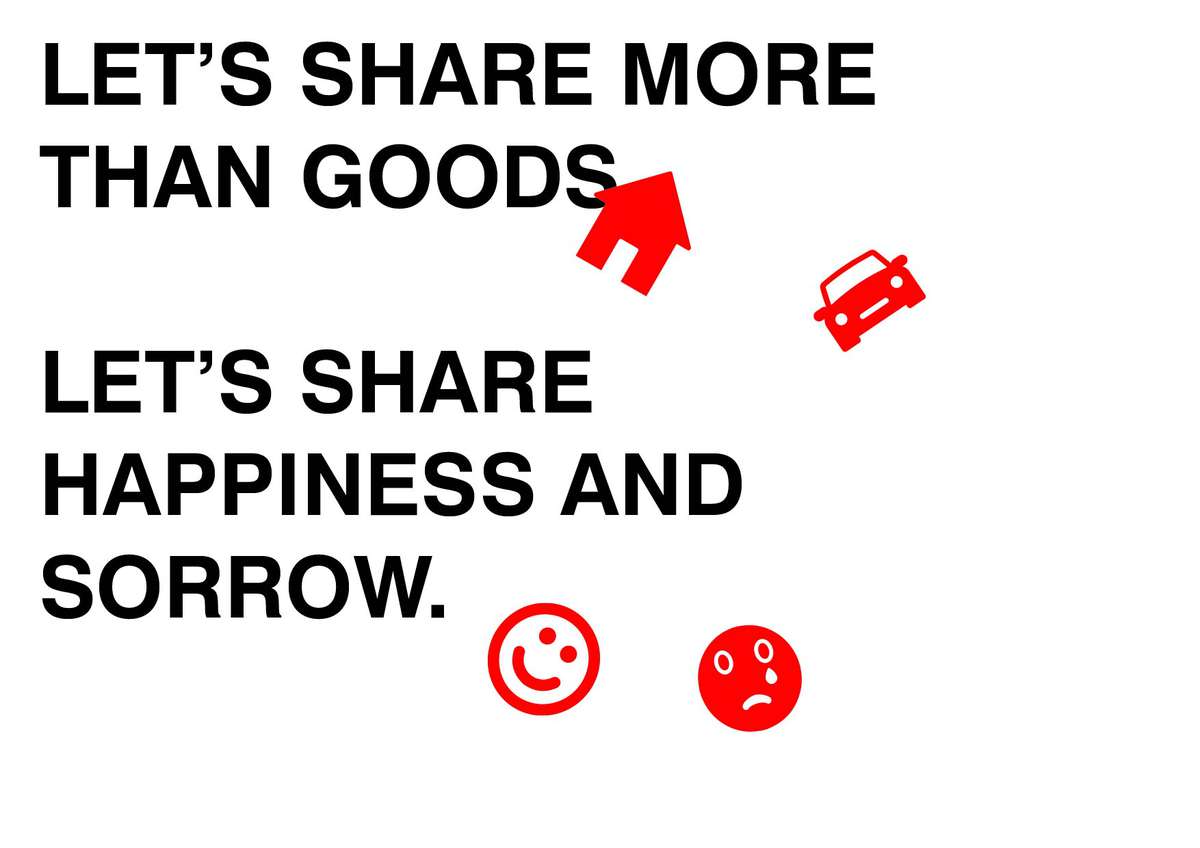
In a sharing economy, can architecture overcome speculation and reinvent its relationship to social space? Can architecture encourage and promote the existence of a multitude of specific cultural identities within a homogenizing discourse?
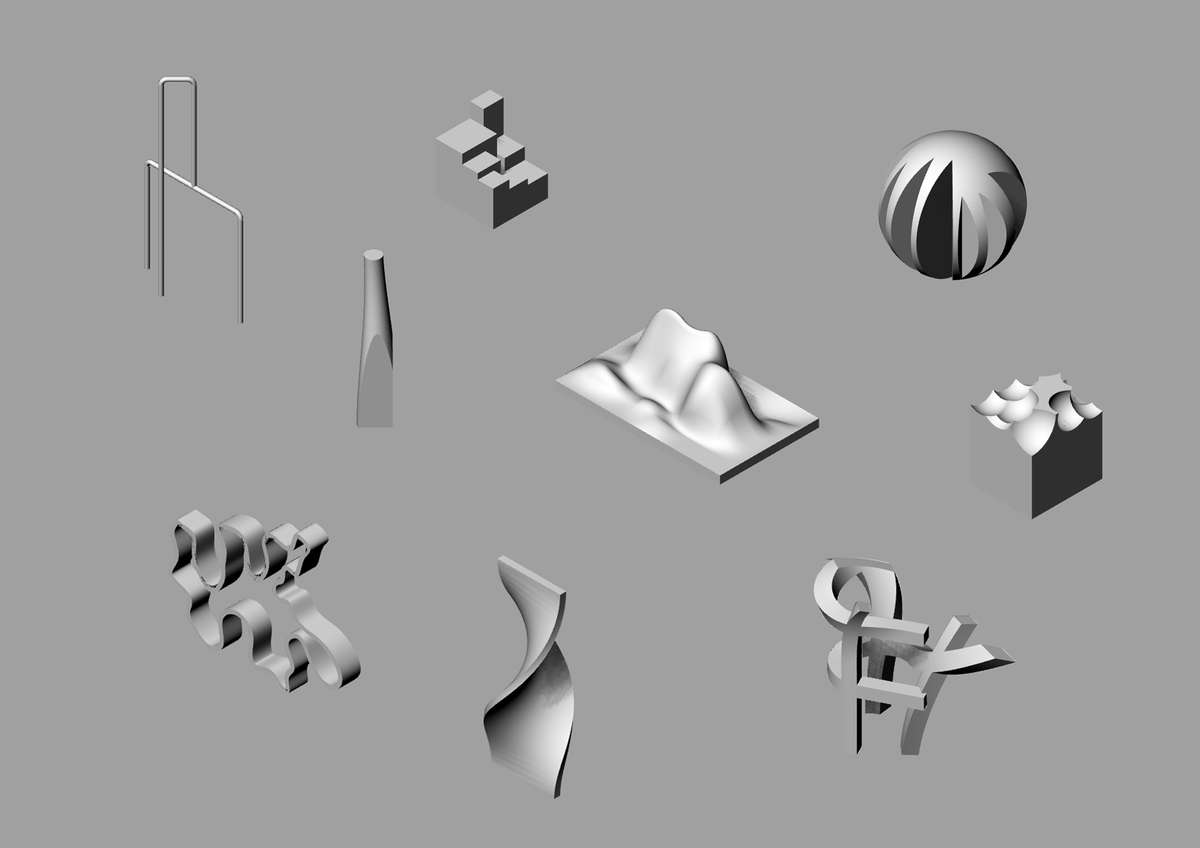
Each Parallel Monument will be generated based on its user’s inputs. Answering a set of five questions, the generating user will openly express the conditions for the creation of his particular monument and define its characteristics. Is the event personal or communal? Swift or eternal? Happy or sad? Parallel Monuments will link memories to architecture through the creation of dedicated architectural forms.
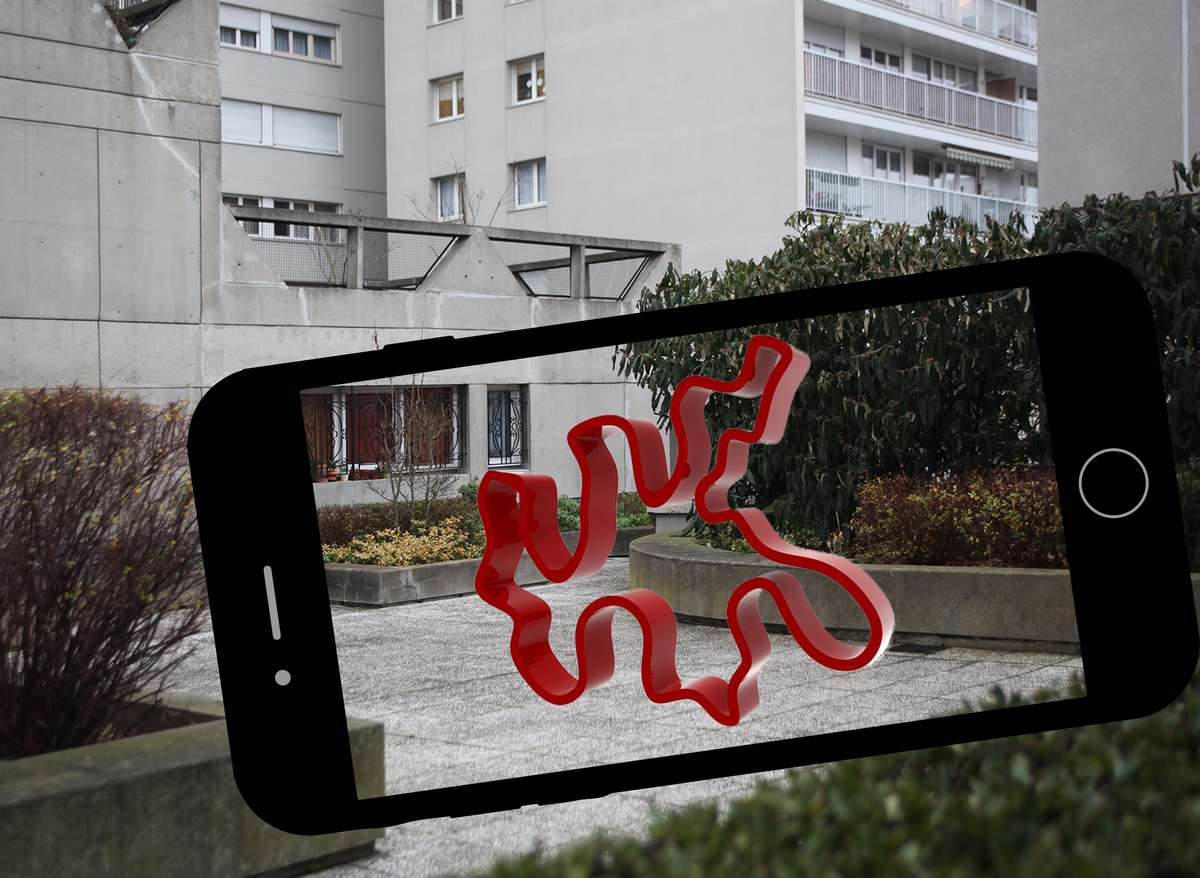
Monuments will be accessible via augmented reality, directly within the application. They will be bound to a specific place in physical space. The user can create personal monuments only accessible to him- or herself, or open its access to a specific range of people, or to all users passing by the generated monument.
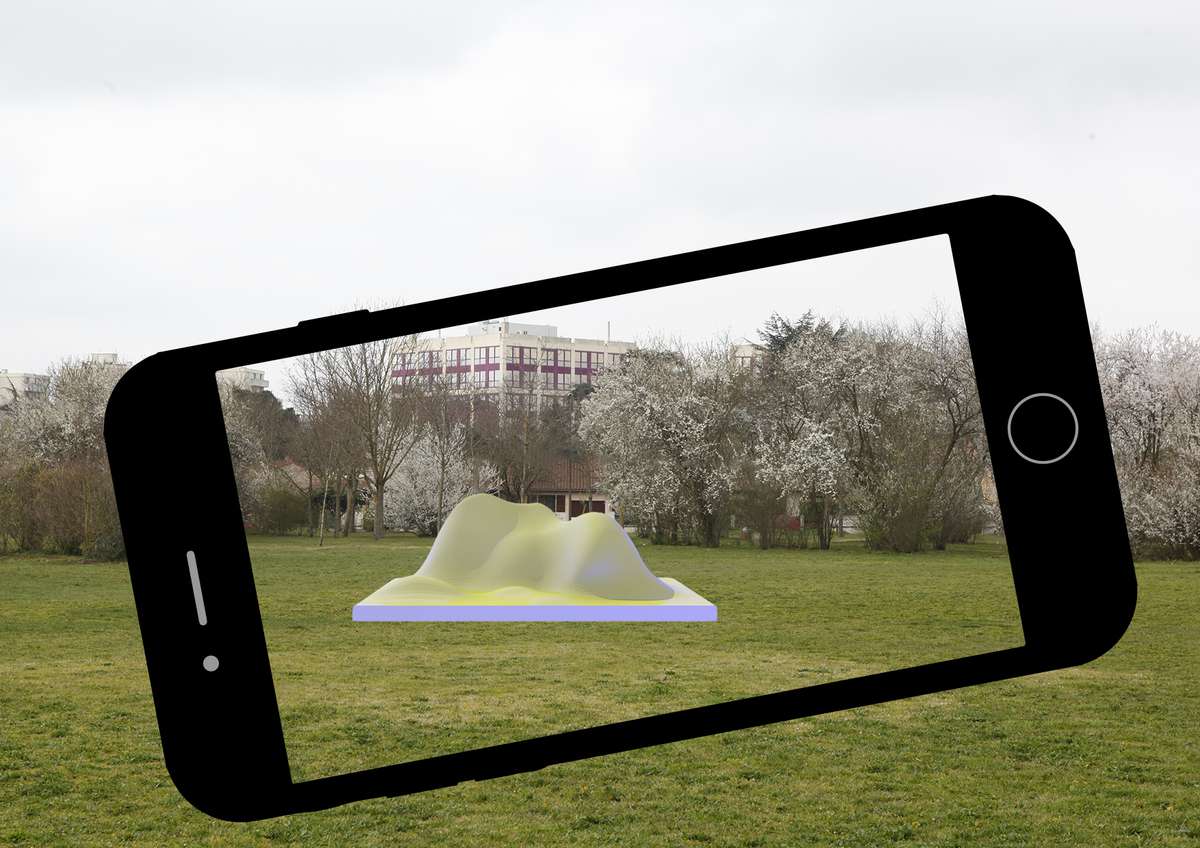
When visiting a monument, one will be able to access its name and the reasons for its creation. The generating user will decide on the duration during which his or her monument will stay in existence, from a brief second, up to eternity.
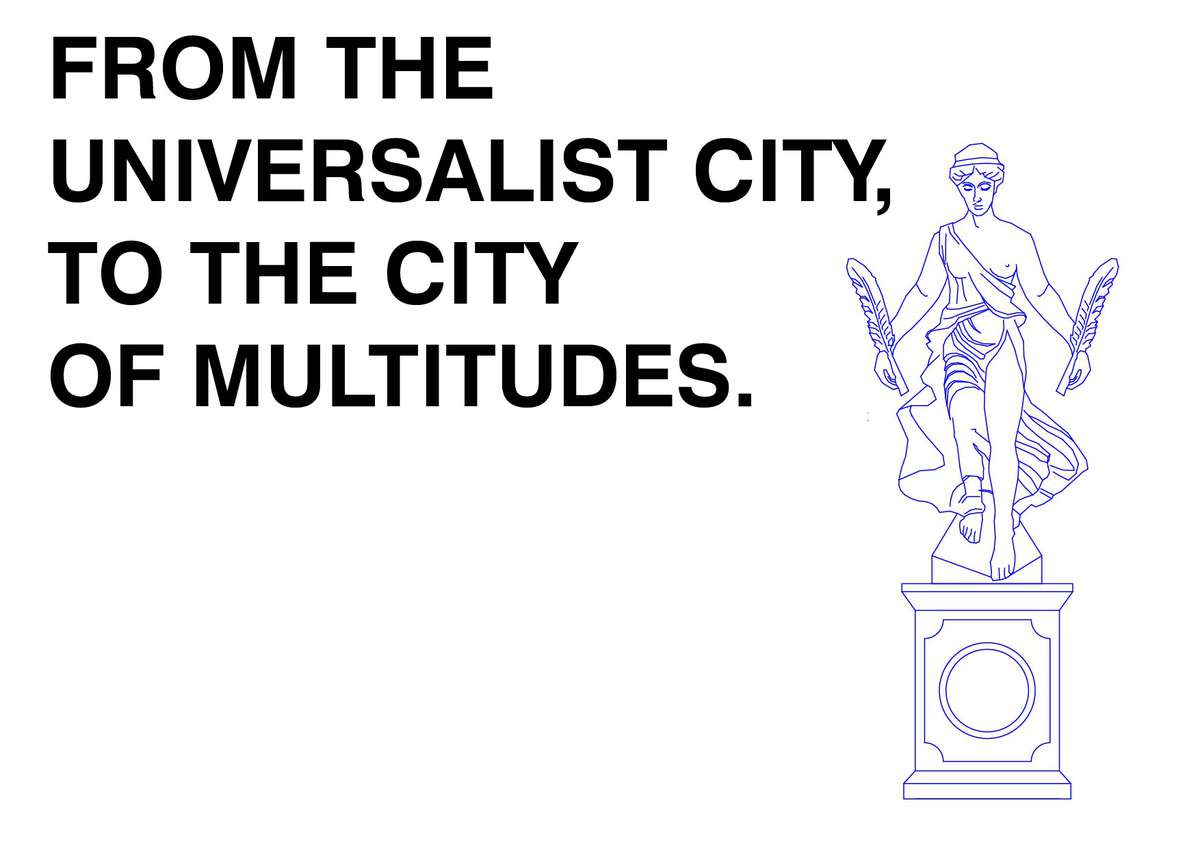
Parallel Monuments is a democratic tool endowing citizens with the construction of their own places of remembrance and celebration. We hope to invest the usual space held by dominant universal discourses with local personal histories. We want to help everyone create a monument of their own, within a unified and totalizing reality.
Parallel Monuments
Parallel Monuments

Monuments are repositories of emotions. They mediate events, let the past resonate in the present, enriching it through experiences and memories. Monuments are of particular importance to the construction of a city. They empower people, help them belong to the places they inhabit. They federate communities around common ideas and make space for each and every one to live and relive sad or happy memories. Nevertheless, monuments have been historically supporting a dominating ideology, preventing other local histories to exist at all.
Parallel Monuments is an architectural project empowering its users with the construction of monuments on the digital layer of the world. It invites citizens to design and attach personalized digital monuments to physical space, in order to celebrate personal or communal events they care to remember. Monuments, accessible through an augmented reality module integrated in a digital app, will be bound to a point in space, for one or for many to see.
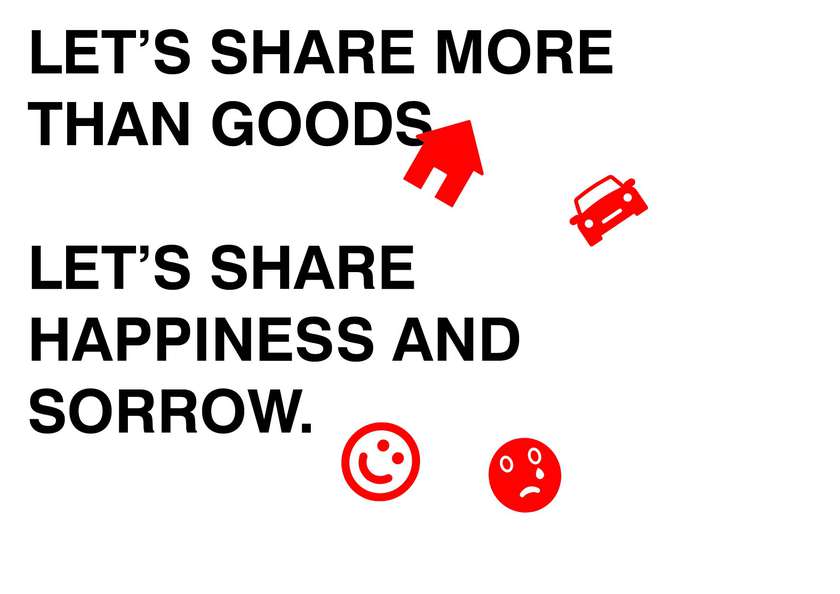
In a sharing economy, can architecture overcome speculation and reinvent its relationship to social space? Can architecture encourage and promote the existence of a multitude of specific cultural identities within a homogenizing discourse?

Each Parallel Monument will be generated based on its user’s inputs. Answering a set of five questions, the generating user will openly express the conditions for the creation of his particular monument and define its characteristics. Is the event personal or communal? Swift or eternal? Happy or sad? Parallel Monuments will link memories to architecture through the creation of dedicated architectural forms.

Monuments will be accessible via augmented reality, directly within the application. They will be bound to a specific place in physical space. The user can create personal monuments only accessible to him- or herself, or open its access to a specific range of people, or to all users passing by the generated monument.
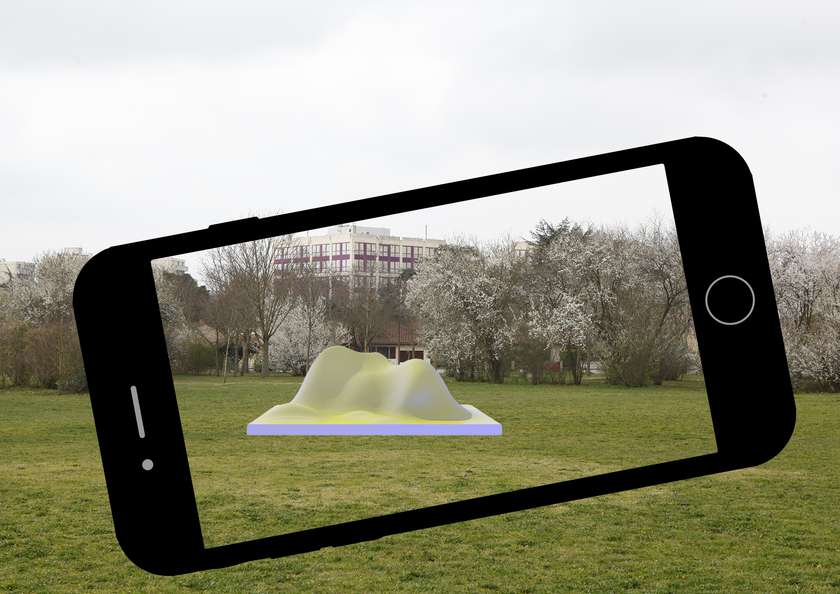
When visiting a monument, one will be able to access its name and the reasons for its creation. The generating user will decide on the duration during which his or her monument will stay in existence, from a brief second, up to eternity.
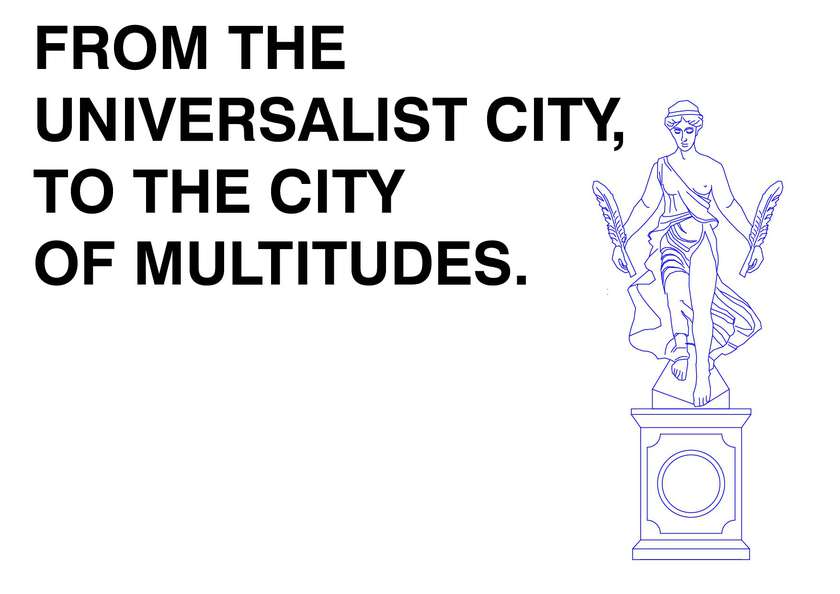
Parallel Monuments is a democratic tool endowing citizens with the construction of their own places of remembrance and celebration. We hope to invest the usual space held by dominant universal discourses with local personal histories. We want to help everyone create a monument of their own, within a unified and totalizing reality.